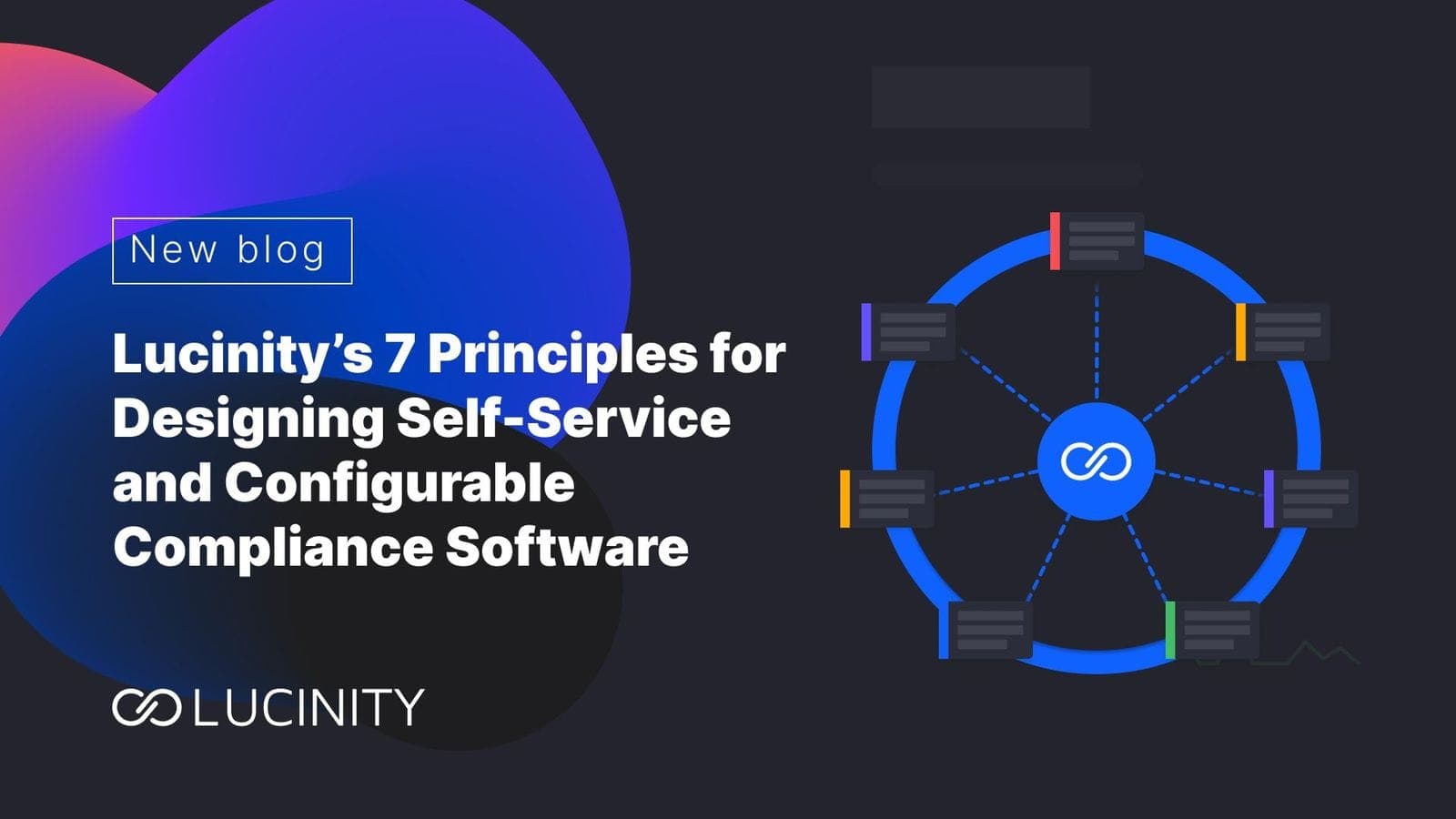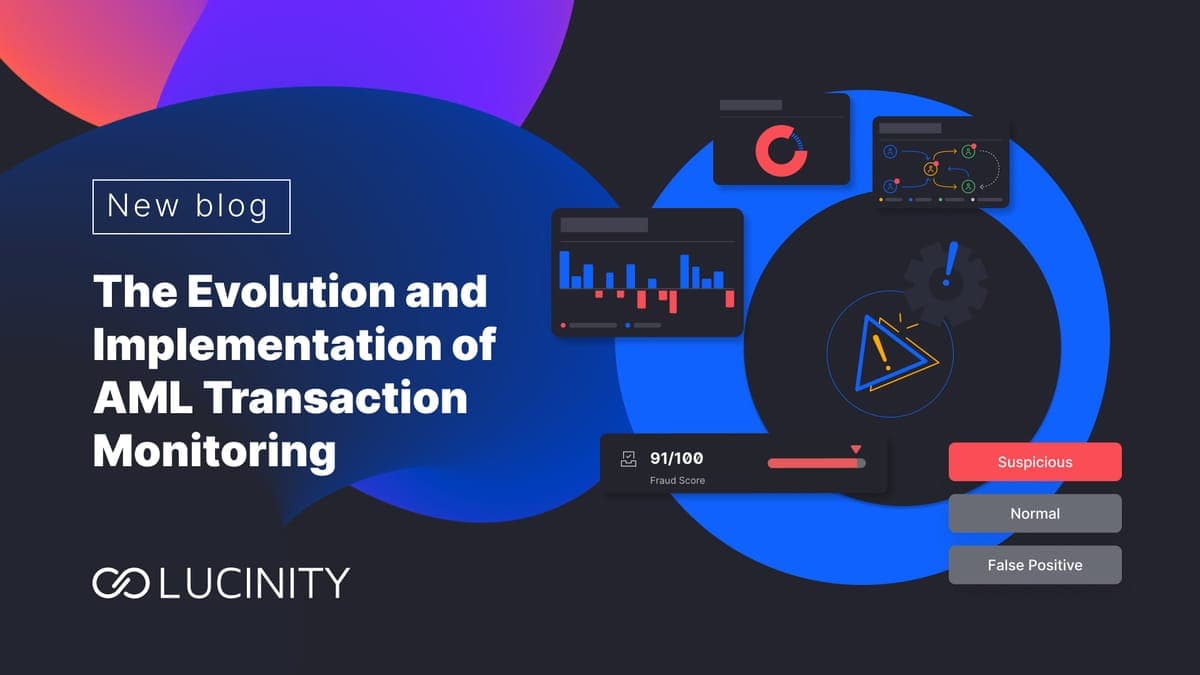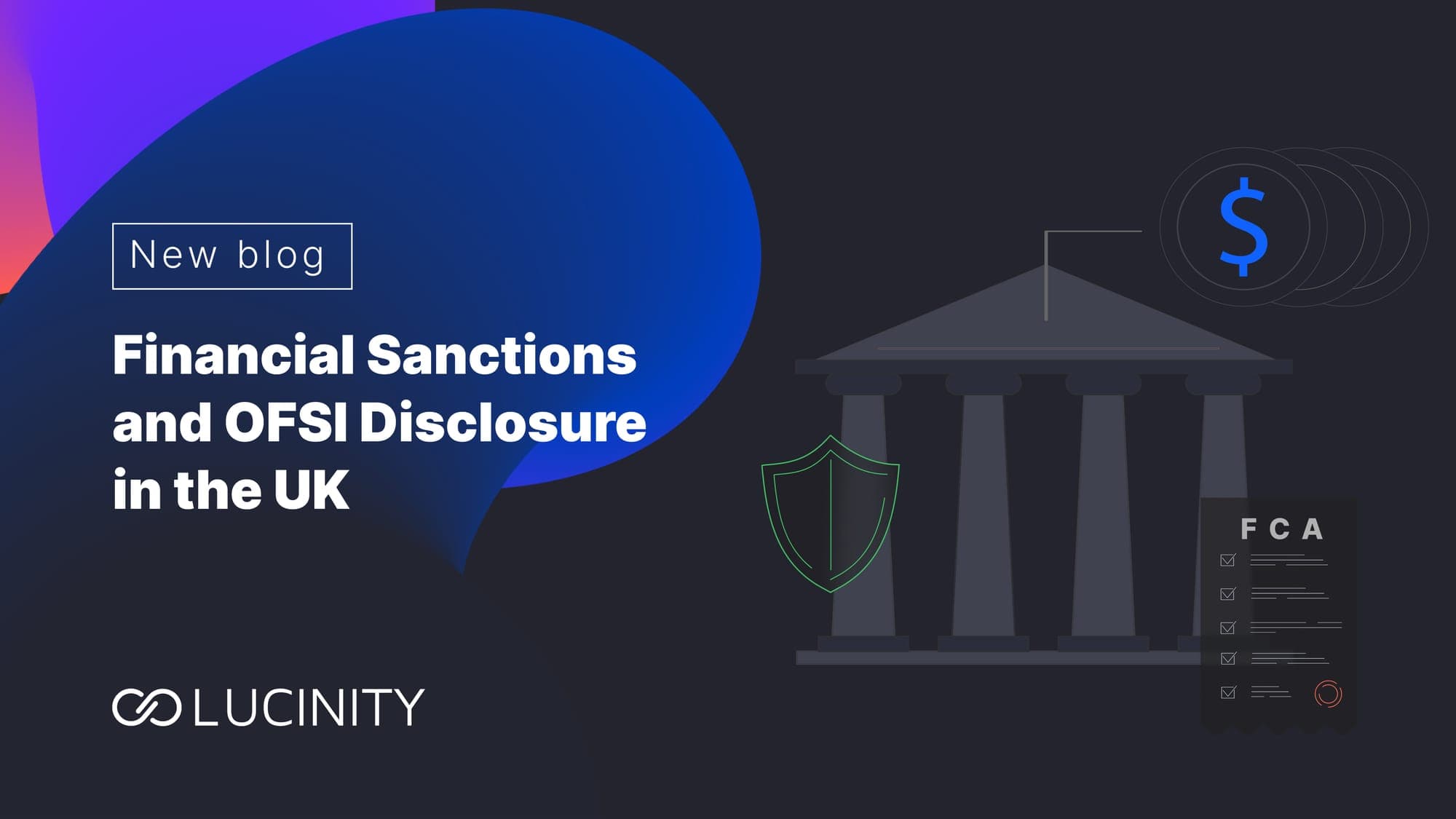Upgrade and Embrace: A Smarter Alternative to Rip-and-Replace
In this blog, Lucinity discusses the complex challenges Financial Institutions face when upgrading their compliance systems, contrasting the traditional 'rip and replace' approach with the more gradual 'upgrade and embrace' strategy.
It’s easier to build strong children than to repair broken men — Frederick Douglas
For Financial Institutions (FIs), selecting, evaluating, testing, and implementing a new system is a complex and significant process, regardless of the institution's size. Decommissioning or upgrading an existing or 'legacy' system is equally challenging.
Traditionally, compliance systems are only replaced when they reach the end of their useful life or can no longer be upgraded. This process becomes even more complex when it involves global systems that operate across various regions. Despite these complexities, the need for ongoing compliance activities, such as transaction monitoring and customer screening, remains constant. The decision-making process around replacing, upgrading, or enhancing these systems has been a subject of extensive discussion, with no easy solutions.
In recent years, there has been a noticeable increase in the integration of different systems. This integration aims to improve connectivity, facilitate data exchange, and enhance the quality of investigations by providing more context.
FIs must make an important decision: What is the best strategy when upgrading their compliance technology? Should they completely replace the old system with the new one, or is there a more gradual approach? This alternative approach would allow for the continued use of the legacy system while the new system is incrementally introduced.
Rip and Replace: Starting All Over Again
The rip-and-replace strategy completely overhauls an outdated, complex system with a newer, more efficient, and adaptable one. This approach is typically a last resort for FIs when other methods fail to meet the required advancements in their computer systems.
Large FIs must consider their ability to maintain critical operations, such as compliance and ongoing monitoring, during this significant change. For smaller banks, rip-and-replace might seem beneficial for a major overhaul, but they must weigh the risks of such a significant project. Additionally, managing multiple core systems over time can be expensive and complex for smaller banks, often leading to more failures than successes.
However, opting for rip-and-replace is not without risks. There's no guarantee that the new system will perform better than the old one. Moreover, the costs can be high, particularly as businesses are usually reluctant to abandon their existing systems, which have been tailored to their needs over time through configurations and integrations. Furthermore, the valuable business rules and logic embedded in these legacy systems, developed over years, are not easily replicable in a new system.
Slowly but Surely: Taking a Gradual Approach
The "upgrade and embrace" strategy offers businesses a way to enhance their existing systems progressively. This approach identifies and improves specific problem areas and expands capabilities with targeted, modular enhancements and external integrations. It's a journey of building flexibility upon the foundations of established infrastructure.
In this process, compliance functions can maintain much of their existing framework, strategically adding new layers and features step by step. This method not only preserves the original investment's value but circumvents the complexities associated with completely dismantling and rebuilding from scratch.
The upgrade and embrace approach involves a thoughtful review and modification of existing processes. This approach may require additional resources when adding new functionalities to systems originally not designed for them. However, the outcome is a more efficient, tailored system that evolves with the organization's needs.
Balancing Various Factors for System Upgrade
When considering all the factors such as risks, budget, and effort, a gradual upgrade through integration with newer systems appears to be not only smoother but also more stable:
- Implementing Software as a Service (SaaS) applications like Lucinity can bridge the gap between older, less reliable legacy systems. Lucinity consolidates data from these systems into a single platform while providing a foundation for building the necessary tools. Using our building analogy, it's like reinforcing the foundation without demolishing the entire structure.
- Lucinity can extract information from legacy systems, forming a new database. A suite of flexible and agile services and tools can be built on this base, tailored explicitly for compliance's current and future needs. The process might start with a modular implementation, such as a Case Manager, and expand to include other functionalities like Customer Intelligence.
- The functionality of a SaaS solution like Lucinity varies between organizations, which is its key advantage. It's not a one-size-fits-all product. Instead, it offers essential functionality while allowing configuration to suit each business's unique operational style.
Even during economic downturns, investing in system upgrades is a proactive and strategic move. Maintaining and enhancing compliance systems is crucial for staying ahead in an increasingly digital world. History has demonstrated that consistent investment in technology mitigates risks and fosters a culture of integrity and ethical practices, particularly under financial pressure.
Embracing digital advancement is an investment in the future. It's akin to setting the pace in a race where time and technology wait for no one. In the dynamic landscape of Digital Darwinism, timely action and adaptation are vital to thriving. By prioritizing digital growth, businesses position themselves for resilience, innovation, and long-term success.
Learn more about how Lucinity can help you upgrade your FinCrime Prevention systems:


